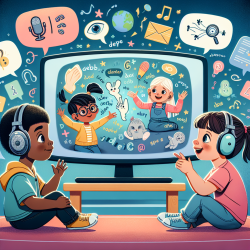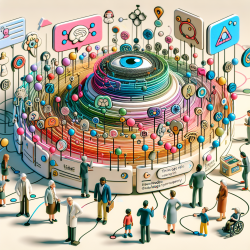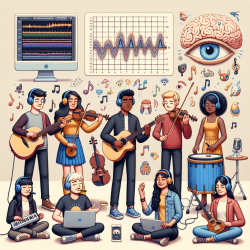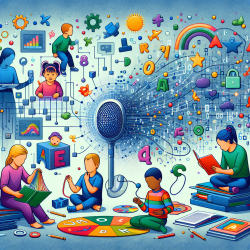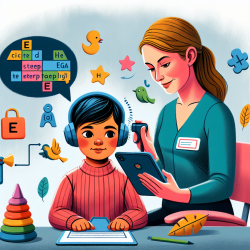Current Practices in Subtitling
The study highlights that current subtitling practices often fail to cater to the unique needs of DHH children. Typically, subtitles are transcribed verbatim from spoken language, which may include complex vocabulary and syntax. This approach can overwhelm DHH children, who may struggle with reading comprehension due to their limited vocabulary and syntactic knowledge compared to their hearing peers.
Key Findings and Recommendations
The research suggests several key modifications to improve the effectiveness of subtitles for DHH children:
- Vocabulary Simplification: Simplify difficult vocabulary or provide context to enhance understanding. For instance, technical terms and idiomatic expressions should be adapted or omitted if they do not serve a critical narrative function.
- Enhanced Vocabulary: Use orthotypographic resources like different font types or sizes to highlight new or complex words. Repeating these words in subsequent subtitles can aid in vocabulary retention.
- Syntax Simplification: Employ simple syntactic structures (subject-verb-object) and prioritize coordinate clauses over subordinate ones to facilitate easier comprehension.
- Subtitle Speed Reduction: Adjust subtitle speed to allow more time for reading and processing, particularly when introducing new vocabulary or complex syntax.
Implementing New Subtitling Strategies
As practitioners, integrating these findings into our subtitling practices can significantly benefit DHH children. Here are some steps to get started:
- Review Current Subtitles: Assess the subtitles used in your educational materials and identify areas where vocabulary and syntax can be simplified.
- Use Enhanced Vocabulary Techniques: Incorporate orthotypographic resources to highlight new words and ensure they are repeated in subsequent subtitles.
- Train Educators and Subtitlers: Provide training on the importance of subtitle adaptation and the specific needs of DHH children.
- Monitor and Evaluate: Continuously monitor the impact of these changes on students' comprehension and adjust strategies as needed.
Encouraging Further Research
While the study provides a solid foundation, it also opens the door for further research. Practitioners are encouraged to explore additional methods for enhancing subtitle effectiveness and to share their findings with the broader educational community.
Conclusion
By adopting these new subtitling practices, we can create a more inclusive and effective learning environment for DHH children. These changes not only improve comprehension but also support overall language development, empowering DHH students to thrive academically and socially.
To read the original research paper, please follow this link: Subtitling for d/Deaf and Hard-of-Hearing Children: Current Practices and New Possibilities to Enhance Language Development.
